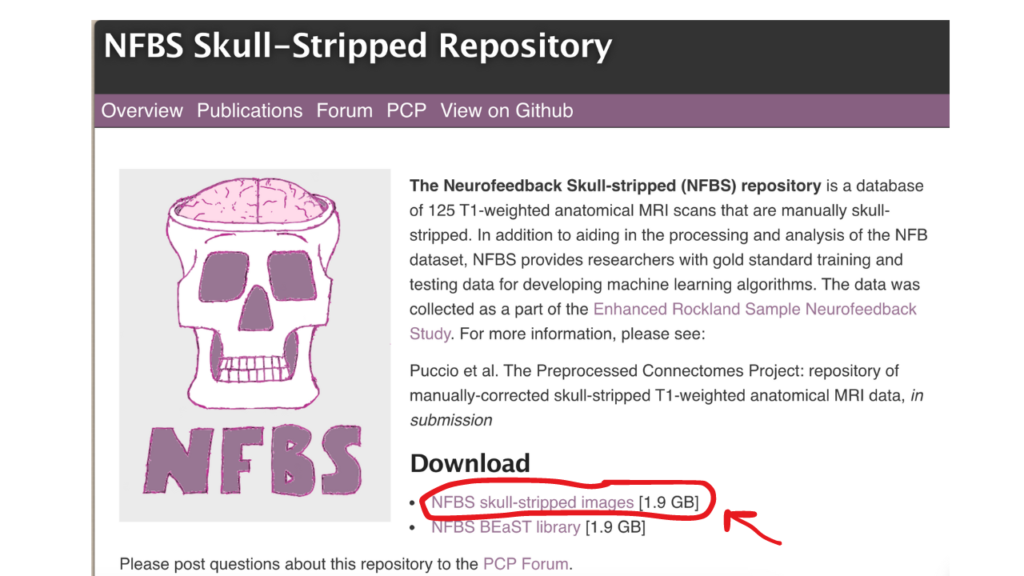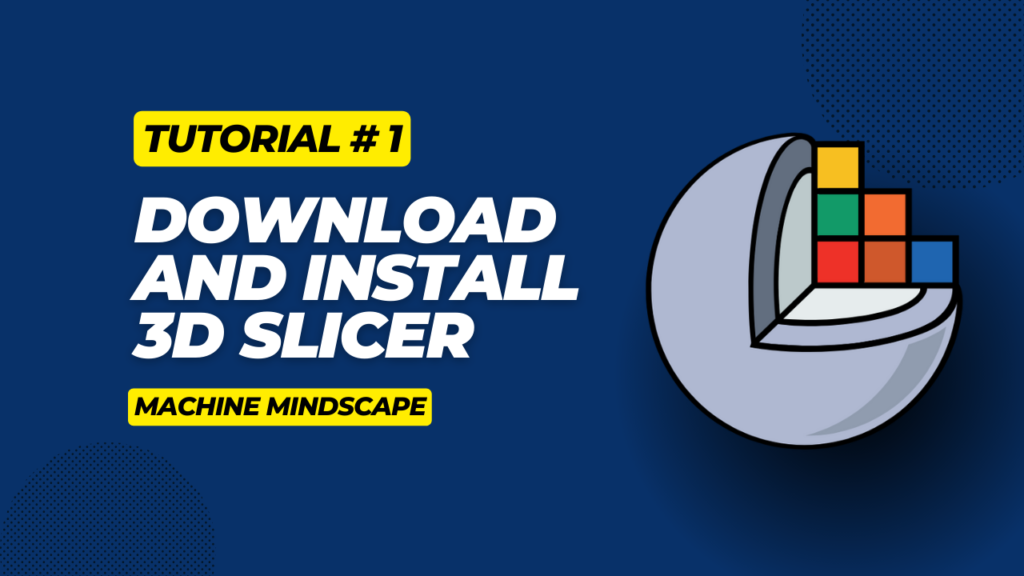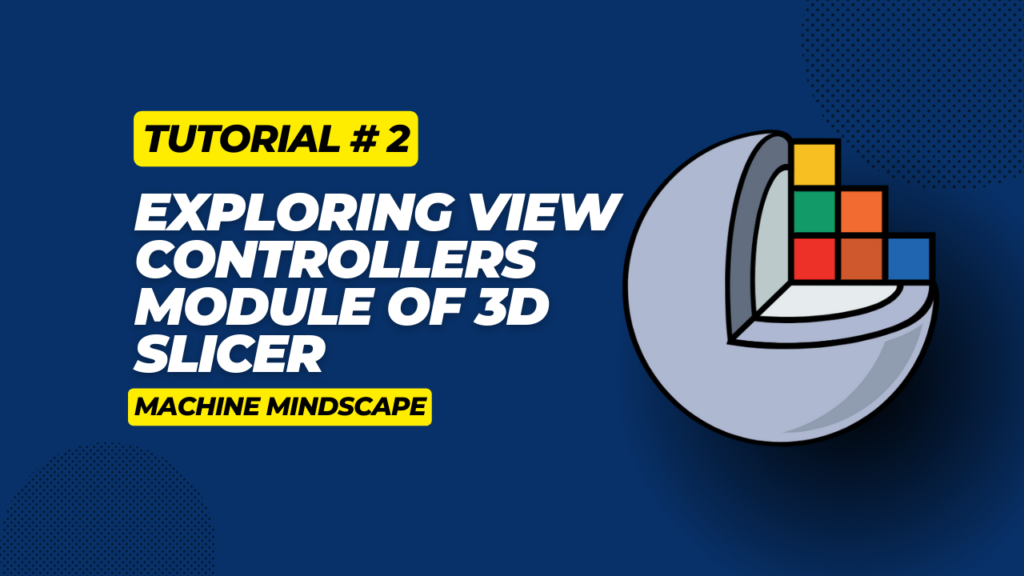In the fourth tutorial of this series, we are going to see how we can overlay images on top of one another.
Whether you’re in medical imaging or another field, this technique opens up a world of possibilities.
Let’s begin!
Overview
1 – Why Overlaying Images is Important?
Overlaying images lets us combine two pictures to get a clearer picture. overall. This helps us understand complex concepts better like co-registration (making sure two images are properly aligned).
This is really helpful, especially in medical imaging, where overlaying images from different time points or imaging modalities enables clinicians to assess the changes in a patient’s condition or compare the effectiveness of different treatments.
2 – Demonstration Video: Overlaying Images Step-by-Step
i. Importing Image Data
For this tutorial, we need two or more samples of the same patient. For this, we have used the NFBS dataset. You can simply download this dataset, extract it and it’s ready to use. Or you can simply follow this tutorial to help you through this process step by step, from downloading the samples and extracting them, to visualizing them on 3D Slicer.

ii. Demo Video
To see how image overlaying works in practice, check out our demo video below. Follow along as we walk through overlaying different images using simple tools.
3 – Where Do We Overlay Images?
Image overlaying can be used across various domains due to its ability to enhance visualization, facilitate comparisons, and elucidate relationships between different datasets. Following are some key areas where image overlaying is applicable:
| Domain | Applications |
| Medical Imaging | – Combine scans to spot hidden issues – Guide surgeries for precision |
| Scientific Research | – Blend data for deeper insights – Reveal intricate biological processes |
| Education and Training | – Creating interactive materials – Enhancing virtual simulation environments for immersive training experiences |
| Forensic Analysis | – Matching forensic evidences, such as fingerprints and shoeprints – Reconstructing crime scenes and events for clarity |
| Art and Design | – Craft visuals with layers |
Coming Up Next
In the next tutorial of this series, we will explore the intricacies of segmenting 3D images and extracting meaningful information from volumetric data.
Related Links
- NFBS Skull Stripped Repository
- Download and Install 3D Slicer – Machine Mindscape


